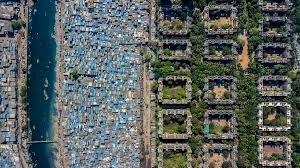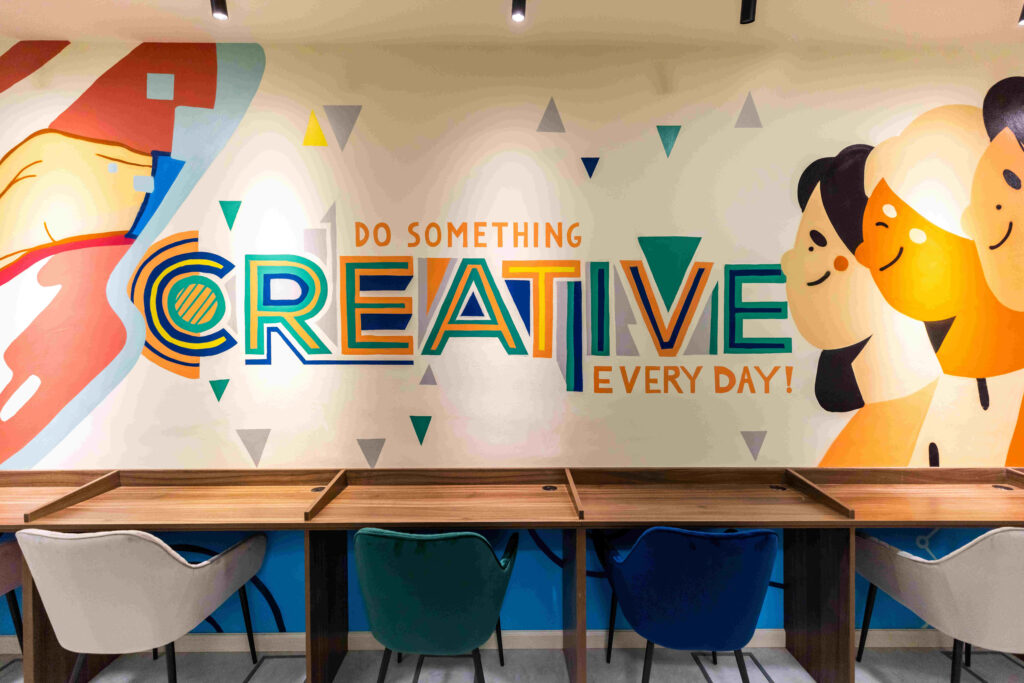Big Mumbai: The Megacity That Defines India’s Urban Dream

Mumbai, often referred to as the “City of Dreams,” is more than just India’s financial capital. With its towering skyline, relentless energy, and deep cultural roots, Big Mumbai stands as a testament to the nation’s aspirations, diversity, and contradictions. But what exactly is Big Mumbai? Is it just a geographical term, or does it encompass something deeper—an evolving identity of a city constantly reinventing itself?
In this comprehensive article, we explore what makes Big Mumbai so unique, examining its growth, challenges, opportunities, and its ever-expanding influence on the rest of India.
Understanding Big Mumbai
Big Mumbai isn’t a term you’ll find in most official documents, but it captures the essence of what modern Mumbai is becoming: a sprawling, ever-growing urban juggernaut. The term broadly refers to the Greater Mumbai Metropolitan Region (MMR), which includes the island city and its suburban belt, extending from Colaba in the south to Virar in the north and from Navi Mumbai in the east to the industrial towns of Bhiwandi and Kalyan.
With over 26 million people in its extended metropolitan area, Big Mumbai ranks among the most populated urban zones in the world. This mega-city stretches far beyond the traditional city limits, absorbing towns, merging cultures, and influencing national trends in business, entertainment, politics, and more.
The Growth of Big Mumbai
The evolution of Mumbai from a collection of fishing villages to a colossal urban entity is a story of trade, colonialism, migration, and modernization. Here’s how it grew into what we now call Big Mumbai:
1. Historical Roots
Mumbai’s growth began during the British era when the city became a key port and commercial hub. The reclamation of land and the development of railways laid the foundation for its early expansion.
2. Post-Independence Industrialization
After 1947, Mumbai rapidly industrialized. Textile mills, ports, and the film industry attracted millions from across India. Slums grew alongside skyscrapers, creating a juxtaposition of poverty and prosperity.
3. Suburban Expansion
With limited space in South Mumbai, the city expanded northward. Suburban regions like Bandra, Andheri, Borivali, and eventually Navi Mumbai emerged as crucial extensions of Big Mumbai.
4. Infrastructure Development
Projects like the Mumbai Metro, Sea Link, and Trans Harbour Link are reshaping connectivity. With these, Big Mumbai is now not just expanding outwards but also becoming more accessible internally.
Key Pillars of Big Mumbai
What defines Big Mumbai is not just its size but the diversity of its components. Here are some of its vital facets:
1. Economic Powerhouse
Big Mumbai contributes over 6% of India’s GDP. It houses the Bombay Stock Exchange, Reserve Bank of India, and the headquarters of major corporations, making it a magnet for global business.
2. Cultural Melting Pot
From Bollywood to Marathi theatre, from the Kala Ghoda festival to Ganesh Chaturthi processions, the cultural life in Big Mumbai game is vibrant and inclusive. The city seamlessly blends Marathi pride with cosmopolitan openness.
3. Real Estate and Urban Living
The real estate market in Big Mumbai is among the costliest in the world. While posh areas like South Mumbai and Bandra command premium prices, newer regions in Navi Mumbai and Thane offer more affordable alternatives.
4. Public Transport and Connectivity
The suburban railway system is Mumbai’s lifeline. With metro lines under development, roads like the Eastern and Western Express Highways, and new airport plans in Navi Mumbai, Big Mumbai is slowly tackling its infrastructure woes.
Challenges Facing Big Mumbai
The grandeur of Big Mumbai doesn’t come without problems. Here are some major hurdles the city faces:
1. Overcrowding
With more people moving in every day, space is at a premium. Slums occupy large areas, and housing shortages persist.
2. Pollution and Waste
The city struggles with air pollution, plastic waste, and inadequate sewage systems. The Mithi River and Deonar landfill are glaring reminders of the need for sustainable waste management.
3. Traffic Congestion
Despite advances in public transport, road traffic remains a nightmare. Hours-long commutes are a part of everyday life for many Mumbaikars.
4. Flooding and Climate Resilience
Every monsoon, parts of the city flood due to poor drainage and unchecked development. Rising sea levels pose an additional long-term threat.
Big Mumbai’s Role in India’s Future
Despite its challenges, Big Mumbai continues to play a pivotal role in shaping modern India. Its success—or failure—will have a domino effect on national policy and urban planning.
1. Smart City Mission
Several parts of Big Mumbai are being developed under the Smart Cities initiative, with a focus on digital governance, clean energy, and efficient public services.
2. Startup Ecosystem
Big Mumbai is becoming a tech hub, rivaling Bengaluru. Startups in fintech, edtech, and e-commerce are thriving thanks to a solid business ecosystem.
3. Educational and Healthcare Hubs
With premier institutions like IIT Bombay, Tata Memorial Hospital, and the University of Mumbai, Big Mumbai remains a destination for education and health services.
FAQs About Big Mumbai
Q1. What is the difference between Mumbai and Big Mumbai?
A: “Mumbai” typically refers to the city within the boundaries of the Municipal Corporation of Greater Mumbai, while “Big Mumbai” includes surrounding regions like Navi Mumbai, Thane, Kalyan-Dombivli, and other satellite cities that form the larger metropolitan region.
Q2. Why is Big Mumbai important to India’s economy?
A: Big Mumbai is the financial capital of India, contributing significantly to GDP, trade, and investment. It houses major stock exchanges, multinational company headquarters, and a vast informal sector.
Q3. What are some future development plans for Big Mumbai?
A: Projects like the Navi Mumbai International Airport, Mumbai Trans Harbour Link, and expanded metro lines are aimed at decongesting the core city and boosting regional connectivity.
Q4. Is Big Mumbai a good place to live?
A: While Big Mumbai offers excellent job opportunities, education, and lifestyle amenities, it also suffers from overcrowding and high living costs. However, newer suburbs are increasingly offering balanced living options.
Q5. What languages are spoken in Big Mumbai?
A: Marathi is the official language, but Hindi and English are widely spoken. You’ll also hear Gujarati, Tamil, Urdu, and several other Indian languages due to the city’s multicultural population.
Conclusion
Big Mumbai isn’t just a city—it’s an idea, a microcosm of India in motion. It’s chaotic, vibrant, unforgiving, and full of promise. As it grows into a super-metropolis, it will continue to attract dreamers, entrepreneurs, and families seeking better opportunities.



